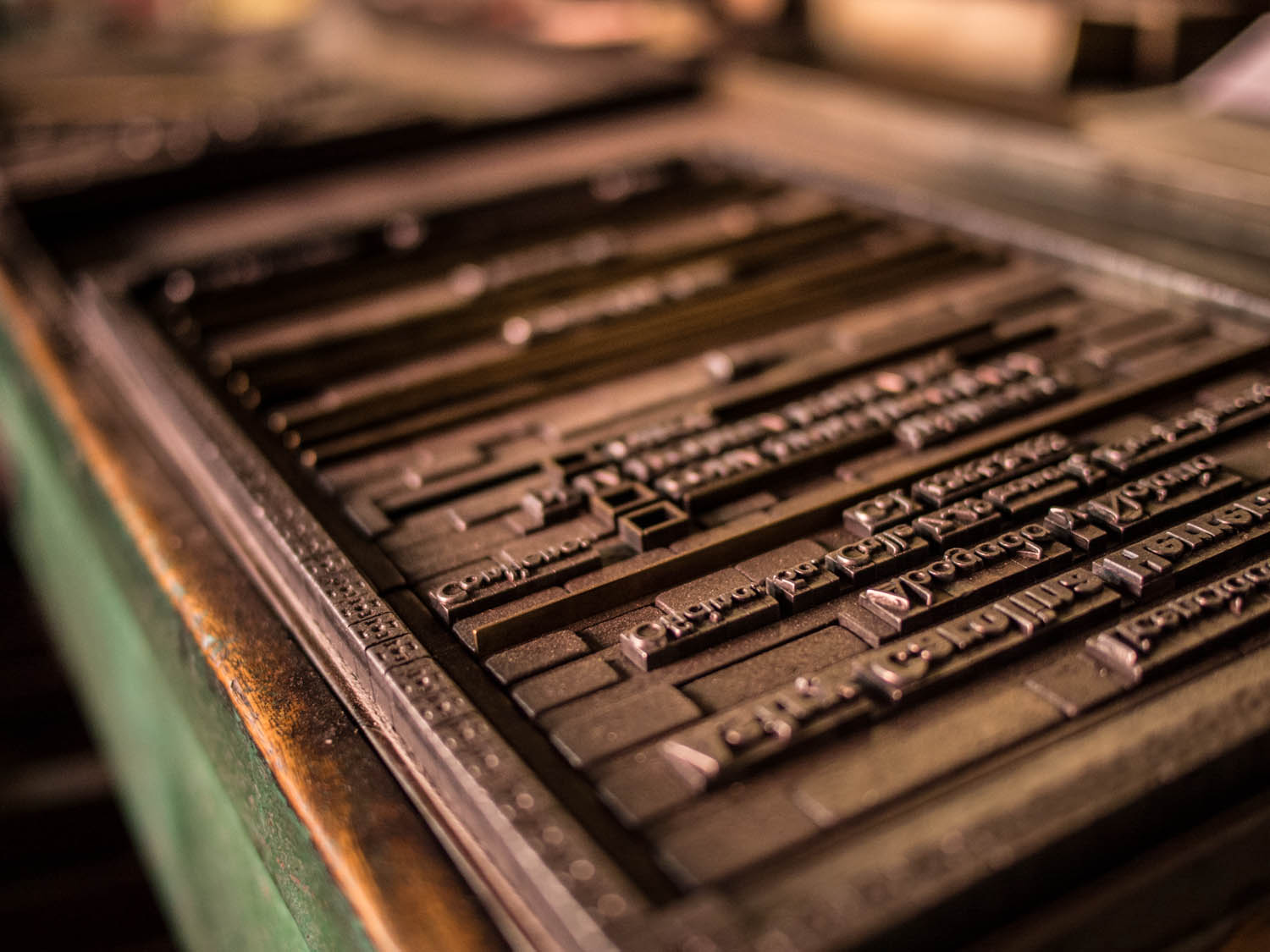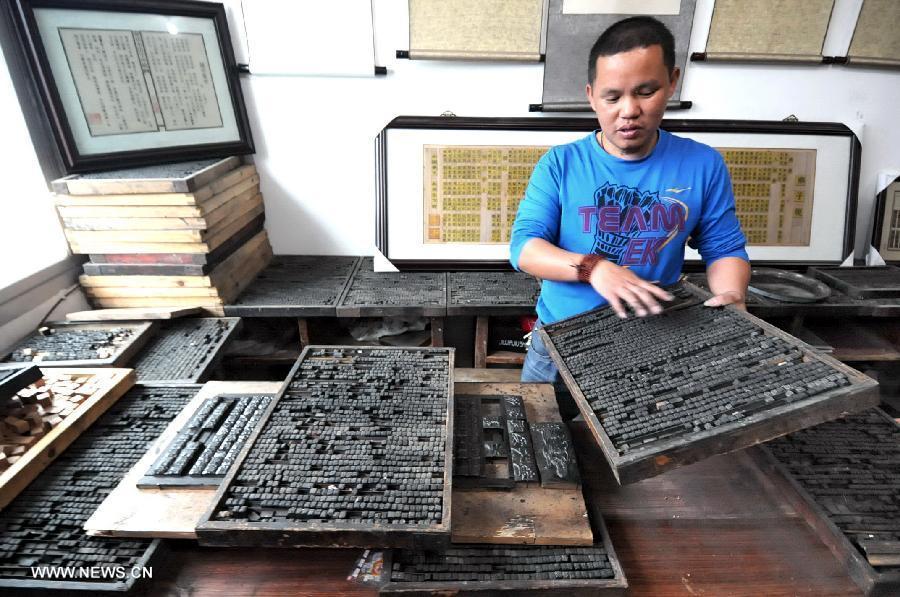
8 contains a few verses of a poem, set with fixed-width and variable-width Persian fonts. This wider variation in letter sizes has the side effect of making fixed-width type much less legible than its Latin-script counterpart (more on this, when we introduce typewriter fonts).
#Movable type printing manual#
As a result, the metal type blocks for Persian have greater variations in size, making their manual handling by the typesetter somewhat more difficult. However, the Persian script takes up more space vertically, in part due to the need for more line spacing to keep the letters with tall lower parts on one line separated from letters on the following line that have tall upper parts.

This horizontal compactness is mainly due to short vowels not being written out in Persian. Generally speaking, the Persian script is more compact horizontally, in the sense that the Persian translation of an English sentence tends to take up less space horizontally. 8), Persian letters are more curved and exhibit wider variations in width and height. Unlike the Latin script, in which letters have regular geometric shapes of comparable sizes (top half of Fig. The word “mojtame’e,” in which the first two letters “meem” and “jeh” are almost completely overlapped horizontally, as are the next two letters “teh” and “meem,” must be stretched out, so that letters appear side by side, rather than on top of one another.īesides connectivity of letters and horizontal overlap, certain other difficulties are inherent in the Persian script. Some examples are provided in the left panel of Fig. Furthermore, the handwritten script was not readily decomposable into separate, non-overlapping symbols. Whereas the Latin alphabet consists of individual letters that are set next to each other, with a small gap between them, Persian letters needed to be connected to each other. The first challenge in Persian printing was to make the needed metal blocks holding the letters and other symbols (Fig. I conclude with an overview of current state of the art and areas that still need further work.įig 3: Persian script: Rules for beautiful writing of letters and letter combinations. Interestingly, the same features that make legible and pleasant printing/displaying difficult also lead to challenges in automatic text recognition. In this paper, I enumerate some of the features of the modern Persian script that made it a poor match to implementation on modern technologies and review the challenges presented by, and some of the solutions proposed for, each new generation of computer printers and display devices. Nevertheless, certain peculiarities of the Persian script have led to legibility and aesthetic quality issues to persist in many cases. These difficulties persisted, until high-resolution dot-matrix printers and display devices offered greater flexibility to font designers and the expansion of the computer market in the Middle East attracted investments on improving the Persian script for computers.

The appearance of typewriters created additional problems and the introduction of digital computers added to the design challenges. The Persian script has presented some difficulties, ever since printing presses were introduced in Iran in the 1600s. For much of the early history of print, Persian printing would produce vastly inferior results in terms of legibility and aesthetics. Reproducing this in print is an enormous challenge, today. And like in China and Japan the most beautiful calligraphy was held in high esteem. Think of a text consisting of many, many ligatures.

Much like Arabic, Persian script (الفبای فارسی) is difficult to write, with characters 'changing' depending on context.


 0 kommentar(er)
0 kommentar(er)
